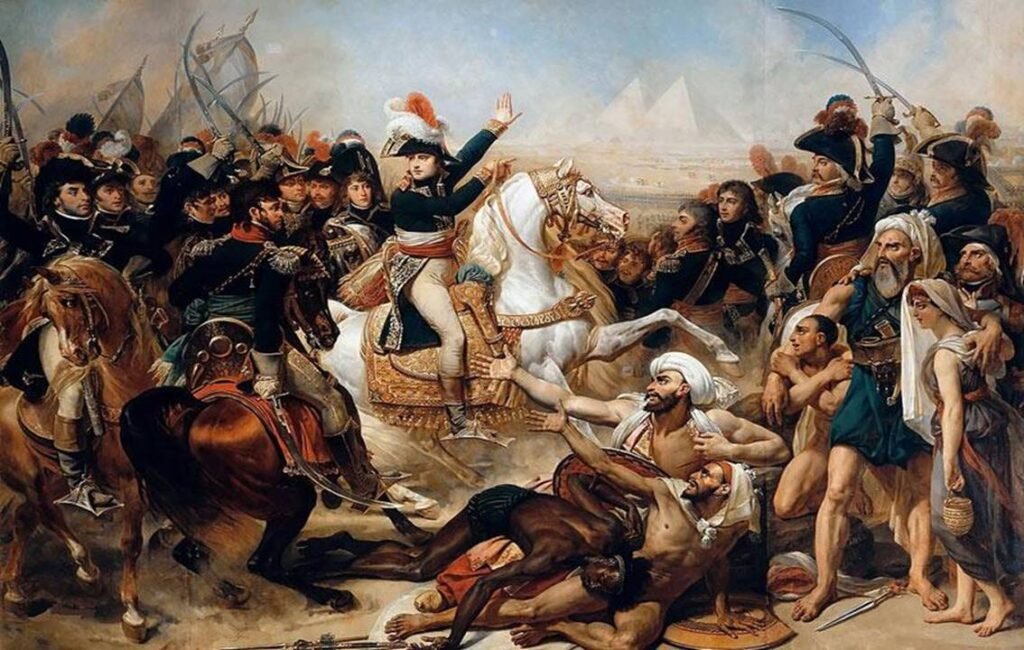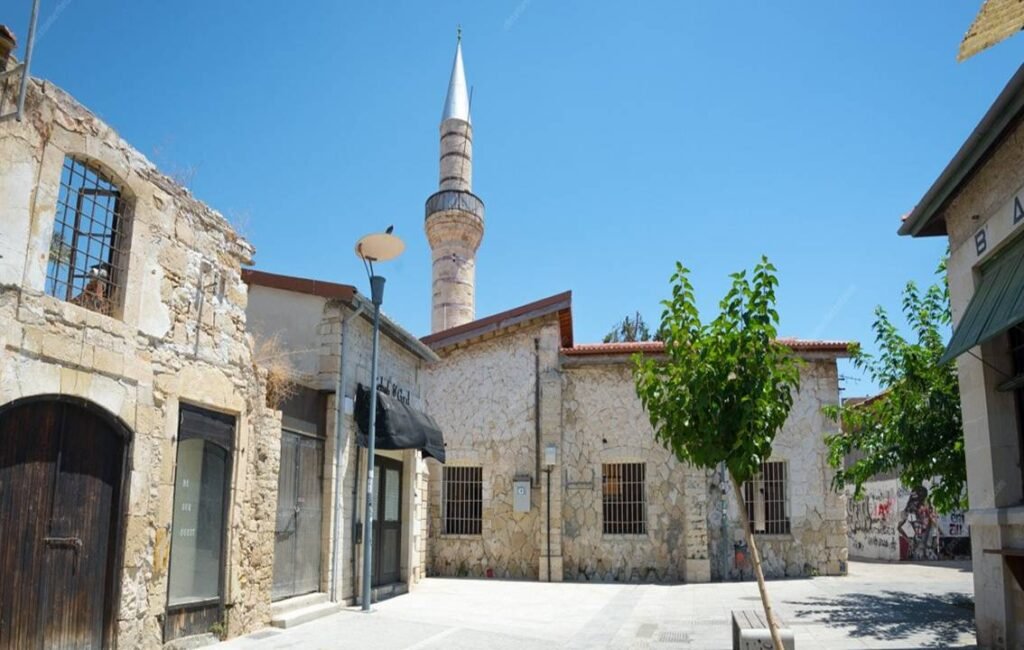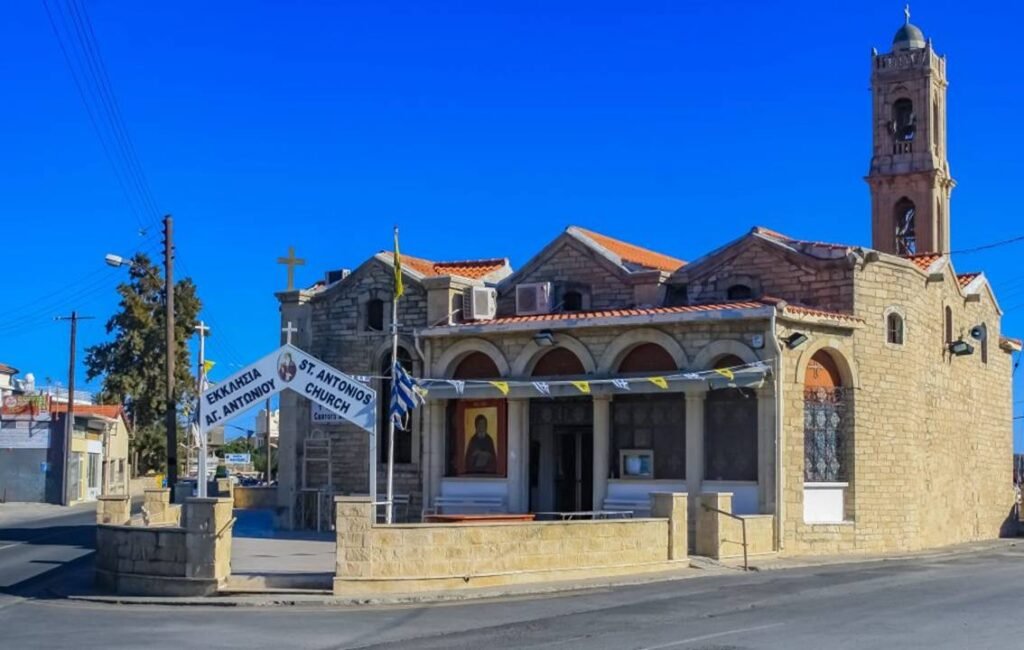BUILT TO COMMEMORATE VICTORY OVER NAPOLEON BONAPERTE

A MONUMENT TO VICTORY
There are several monuments around the world commemorating victories against the once mighty armies of French usurper Napoleon Bonaparte. Few people acknowledge, however, that one was built in the heart of Limassol in 1825. Founded by a Turkish Cypriot veteran of war, the Jami Jedid Mosque commemorates one such victory. This landmark commemorates a collaboration of Ottoman, Egyptian, and Cypriot forces that all stood firm against the odds to gain victory during the siege of Acre. It was built in honour of these men, and it remains a symbol of the Cypriot fighting spirit.
THE SEIGE OF ACRE
In March 1799, after taking Jaffa, Napoleon’s armies approached the walls of Acre. The city’s defences, against the odds, held firm, and Napoleon’s armies were eventually repelled. This came after a lengthy siege that saw many suffer. Amongst the ranks of the defenders was an infantryman known as Haji Ibrahim Agha Koprulu. It was during this siege that the young Cypriot soldier made a promise whilst facing adversity. He professed that if he returned to Cyprus from the war unharmed, he would build a new mosque as a tribute to his faith. After helping to defeat the French, he promptly returned to Cyprus safely and immediately set about fulfilling his vow.
THE NEW MOSQUE
Haji Ibrahim chose to build his new mosque near his home in Limassol. The area that he chose at the time was one of the most vibrant, cosmopolitan Turkish-Cypriot quarters on the island. The bustling, well-populated neighbourhood had several apartment blocks, warehouses, shops, cafes, bars and restaurants. The mosque, which was completed in 1825, became known as ‘the new mosque’.
AN IMPORTANT LANDMARK
Built along the eastern side of the Garallis River, the new mosque soon became an important religious and cultural centre for all muslims across the island. Lying just metres away from the mosque, Greek Cypriots would later construct the Greek Orthodox Church of Saint Anthony. Built on the opposite side of the river, a wooden bridge would later be erected over the river connecting the two holy sites. This helped to forge important links between the two main Cypriot communities. It also represents an important legacy of the historical coexistence of both Turkish and Greek Cypriots who once lived side by side across the island.
THE GREAT FLOOD OF 1894
The great flood of 1894 saw the Garallis River burst its banks. The impending flood caused severe damage to the mosque, and the wooden bridge was swept away by the rushing water. The mosque then lay in ruins for the next fifteen years until 1909. The mosque was then restored to its former glory. As a tribute, the grounds of the mosque were also used as a fitting burial ground for its founder, Haji Ibrahim Agha Koprulu.




